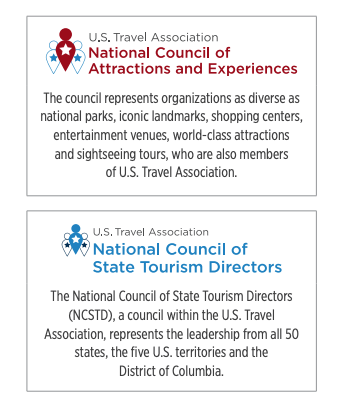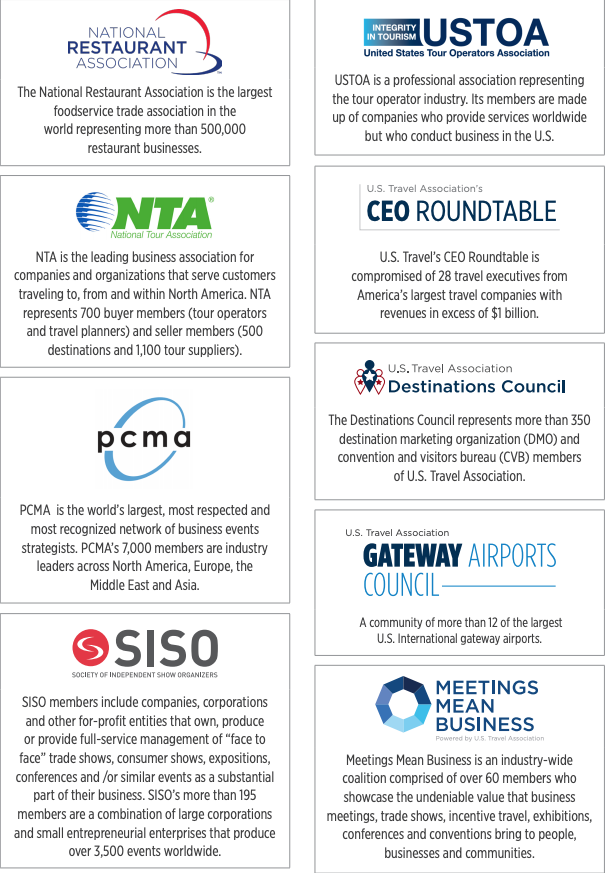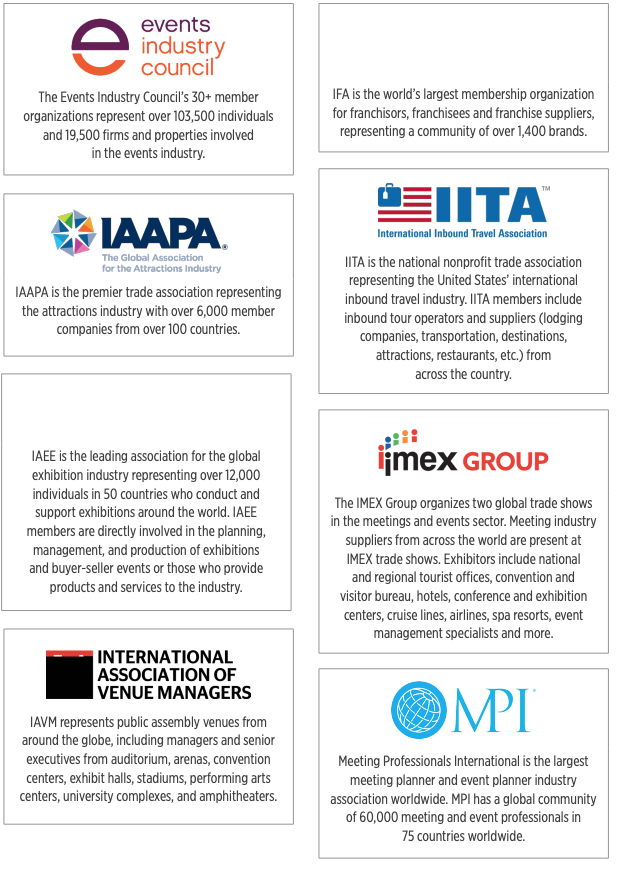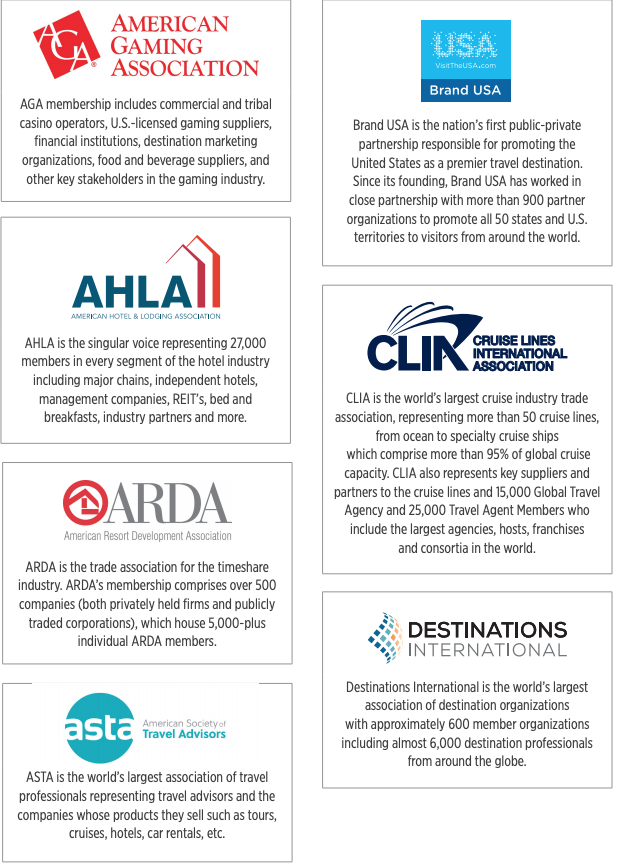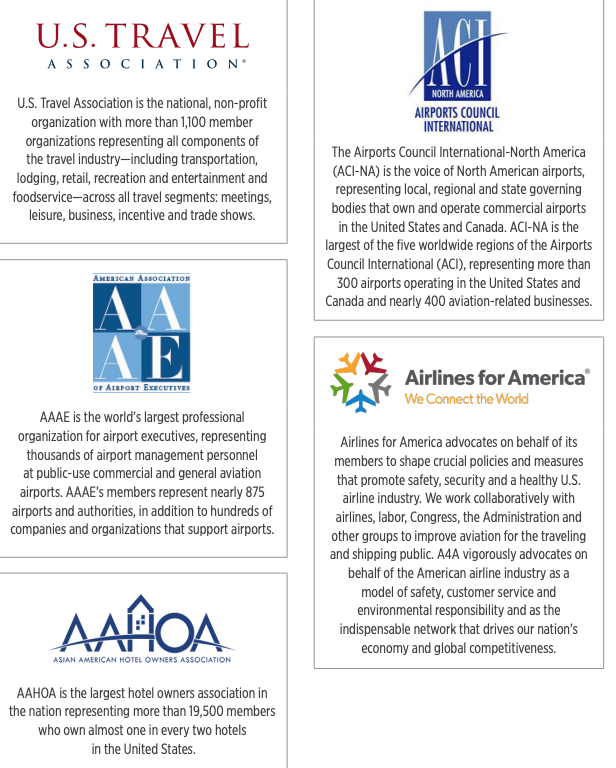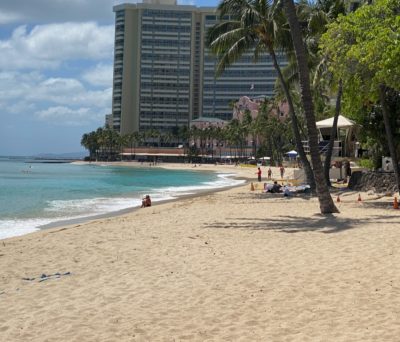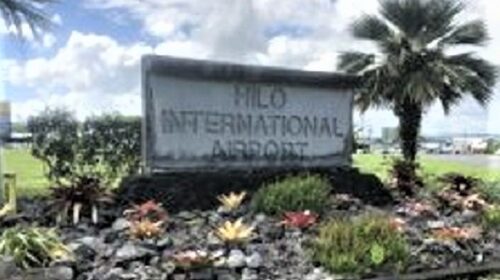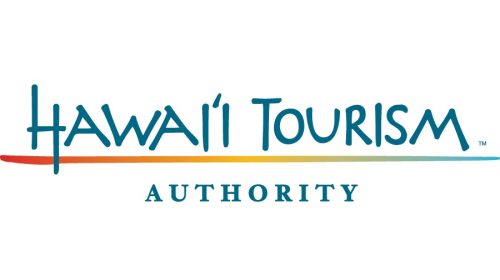How is the United States getting ready to re-introduce travel as a new normal
Is COVID 19 increasing where you are going, is COVID 19 increasing where you go? This is an important question for Hawaii. It takes one visitor from a region where COVID-19 is a serious problem to import this problem to the Aloha State. Looking at the document, it doesn’t seem to be a new approach and shows how lost the industry and authorities really are. Should we keep Hawaii safe or take a chance? THe economy says we need to take a chance?
This chance could be short-lived.
US Travel wants to open short flights first before long flights. Flying to Hawaii is a long journey.
Projections are 200,000 infections a day in the United States according to a story released in the New York Times this morning. The US Travel Association, however, issues the official guidelines called: “Travel in the new normal.”
Following a collaboration between medical experts and a broad array of businesses and organizations, the U.S. travel industry submitted to the White House and governors a document containing detailed guidance for travel-related businesses to help keep their customers and employees safe as the country emerges from the COVID-19 pandemic.
Entitled “Travel in the New Normal,” the document describes vigorous measures the travel industry will follow to reduce the risk of COVID-19 and help to communicate across each and every step of a traveler’s journey. The goal: to allow travel to safely resume as states and municipalities relax physical distancing guidance.
“We want political leaders and the public alike to see that our industry is setting a very high standard for reducing the risk of coronavirus in our businesses and that the practices in place to achieve that standard are consistent through every phase of the travel experience,” said U.S. Travel Association President and CEO Roger Dow. “As travel reopens, travelers need the confidence that safety measures are in place from their departure to their return home.”
The travel industry has been hit especially hard by the public health crisis; the industry is estimated to have lost eight million jobs as of the first of May, and the travel-related economic impact of coronavirus is projected to be nine times worse than 9/11.
The well-being of employees and guests is always the No. 1 priority of travel businesses, Dow said. But a secondary objective of the “Travel in the New Normal” guidance is to restore consumers’ confidence in the travel process, in the hope that travel demand will rebound quickly and the industry can help power a robust economic and jobs recovery.
“We will not encourage people to travel until public health experts and authorities have made it clear that it’s the right time to do so,” Dow said. “Our industry’s focus is on preparing for that moment, and on demonstrating that our preparations are comprehensive and informed by the counsel of top experts.
“The ability to travel freely is not only a fundamental part of the American way of life, but also supports the livelihoods of millions,” Dow said. “We are very determined to return to travel and the new normal as quickly as circumstances will allow.”
The “Travel in the New Normal” guidance is focused on six main areas, with the document providing specific examples for each:
- Travel businesses should adapt operations, modify employee practices and/or redesign public spaces to help protect employees and customers.
- Travel businesses should consider implementing touchless solutions, where practical, to limit the opportunity for virus transmission while also enabling a positive travel experience.
- Travel businesses should adopt and implement enhanced sanitation procedures specifically designed to combat the transmission of COVID-19.
- Travel businesses should promote health screening measures for employees and isolate workers with possible COVID-19 symptoms and provide health resources to customers.
- Travel businesses should establish a set of procedures aligned with CDC guidance should an employee test positive for COVID-19.
- Travel businesses should follow best practices in food and beverage service to promote health of employees and customers.
“The ‘Travel in the New Normal’ guidance—as well as the entire effort to produce this work—can serve as a model for collaboration between the business and medical communities that forges a path toward healing both the public health and the economy,” Dow said. “My deepest thanks to all of the organizations that partnered together in its development and all who will be instrumental as we move towards recovery.
“This collaboration is something that should help our customers, our businesses and the industry as a whole to move beyond the most challenging period any of us has ever faced.”
The document:
OVID-19 represents an unprecedented challenge to the travel industry. After 9/11, industry leaders said, “without security, there will be no travel.” The global pandemic adds a new dimension to our age of global travel, demanding a comprehensive response:
Without guidance to promote the health and safety of travelers, there will be no travel, no sustainable reopening of our businesses, and no revival of our economy.”
As we move to the next phase of our response to the pandemic, we must demonstrate leadership to elected officials and public health authorities who will decide when, how and under what conditions travel businesses are allowed to reopen across America. Just as importantly, we must also inspire confidence in travelers by demonstrating travel businesses are appropriately focused on their health and safety. To meet these objectives, the travel industry—hotels, resorts, airports, airlines, attractions, restaurants, retail, rental cars, meeting venues, event producers, travel advisors, cruise lines, vacation rentals etc.— has come together, working with health and medical experts, to reach a collective agreement on a core set of health and safety guidance that the industry may adapt to their businesses. They build upon and align with the White House and CDC evidence-based guidelines for “Opening Up America Again.
” This guidance provides our customers with an understanding of the key practices across America’s travel industry. This guidance reflects the role of the travel industry in promoting the health and safety of our customers and employees. But no industry can overcome this challenge alone. Travelers must also follow health guidelines to do their part to help protect their families and those around them. We must all work together. The embrace of this guidance by the various segments of the travel industry signals how seriously we take COVID-19 and the threat it presents.
Our collective response and desire to tailor this guidance to our businesses demonstrate our industry’s commitment to do its part toward promoting the health of our employees and customers.
This travel industry guidance assumes a phased approach to reopening travel. Our guidance not only directly responds to the COVID-19 threat we face today—but it also prepares our industry to handle future threats that may arise. For instance, in the earliest stages of reopening, travel businesses will reinforce CDC travel guidance as to vulnerable individuals. Travel industry guidance may, of course, evolve and be updated as the nation moves through different stages of reopening, as the science and data become clearer, and as the known efficacy of certain practices progress.
Collaborating with medical experts has been a critical component to the development of this travel industry guidance. Expertise in Infectious diseases, preventative, and occupational medicine led to the various facets of the travel experience being viewed through a lens of how best to minimize the spread of COVID-19.
Using a layered approach to health and safety, the guidance reinforces various combined measures such as employee and traveler physical distancing, hand hygiene, personal protective equipment (PPE), and behaviors before and during the travel continuum. As this guidance adapts and evolves, the travel industry will continue to seek input from trusted medical sources to reflect the latest developments within and guidance from the professional health community.
- Travel businesses should adapt operations, modify employee practices, and/or redesign public spaces to help protect employees and customers.
Travel businesses should adopt or establish a strategy designed to reduce risks of COVID-19 transmission. Depending on the business, that strategy could include operational changes, new employee practices, or reimagining high-traffic public spaces. Strategies should align with CDC guidance and build confidence to travelers and industry employees that their health and safety is our top priority.
For some businesses, these strategies will include practices such as: Reinforcing hand hygiene which can decrease the risk of transmission of respiratory viruses by ~50%; Utilizing personal protective equipment (PPE) such as masks and gloves; Installing physical barriers, such as transparent screens to provide proper separation between customers and employees;
Encouraging physical distancing by posting new signage to ensure proper separation in lines and common areas, discouraging congregating in crowded areas, reconfiguring public spaces, or limiting the number of employees and customers in various areas;
Thinking creatively to limit staff physical contact with customers where practical while still delivering superior service, for example, through online ordering, curbside service delivery, automated entrances and other practices; Educating both employees and customers about their shared responsibility to help protect each other in a COVID-19 environment.
2) Travel businesses should consider implementing touchless solutions, where practical, to limit the opportunity for virus transmission while also enabling a positive travel experience. This could mean implementing touchless or low-touch solutions, along with pursuing technological and innovative practices to further promote safe and enjoyable experiences.
Such measures may include adopting contactless technologies or procedures for: Ticketing; Identification;
Check-in; Payment for goods and services; Automated ordering and pick-up for food and services; and A broader range of travel and hospitality amen.
3) Travel businesses should adopt and implement enhanced sanitation procedures specifically designed to combat the transmission of COVID-19.
Protecting against COVID-19 requires heightened sanitation practices. In an industry as diverse as travel, specific practices may vary from one segment to another.
Each travel business will continue to tailor procedures to its own operating environment and the expectations of its customers. Some may also adopt practices verified by third-party certification services.
But sanitation procedures will align with leading public health authority guidelines. To promote the health and safety of our customers and employees, every segment of the travel industry should deploy enhanced sanitation procedures that include: Establish a policy implementing more frequent hand washing by all employees and, in the absence of hand washing, make frequent use of an alcohol-based hand sanitizer (at least 60% alcohol); Sanitizing more frequently, using products and disinfectants that meet requirements for effectiveness against COVID-19; special attention to high-touch surfaces;
Providing hand sanitizer in public areas throughout facilities; Modifying business hours when necessary to carry out thorough sanitation and disinfection procedures; Providing new training for employees on implementing these measures with oversight on execution; Researching technological innovations and testing new procedures, as appropriate, to enhance sanitation.
4) Travel businesses should promote health screening measures for employees and isolate workers with possible COVID-19 symptoms and provide health resources to customers.
Travel businesses should adopt health screening procedures that require all employees: To monitor their health; To not report to work if they are ill and/or showing any symptoms; and To self-isolate, if showing symptoms of COVID-19, is awaiting test results, or if diagnosed with COVID-19.
Travel employers and operators should review their policies to more easily enable employees to stay home when sick or when possibly exposed to the coronavirus. This could also include, for some, updating sick leave policies and allowing employees to stay home to care for sick family members or to fulfill self-isolation requirements.
Travelers also have a role to play in preventing the spread of COVID-19. To help them fulfill this responsibility, travel businesses should offer appropriate resources to customers to better enable them to monitor and screen their own health, including
Signage communicating COVID-19 symptoms;
Guidance to local public health resources in case testing or treatment is needed; Materials describing good health practices to protect themselves and others; Communications encouraging travelers to stay home if they are sick and to postpone travel until they are well.
5) Travel businesses should establish a set of procedures aligned with CDC guidance should an employee or customer test positive for COVID-19.
Should an employee or customer test positive, travel businesses follow an appropriate checklist of actions in response? Travel businesses should follow guidance from leading public health authorities to define necessary actions in these instances.
6) Travel businesses should follow best practices in food and beverage services to promote the health of employees and customers.
While COVID-19 is not a foodborne illness, food, and beverage service is an essential and ubiquitous part of the hospitality our industry provides to travelers. When serving food and beverages, travel businesses should follow FDA’s Best Practices for Retail Food Stores, Restaurants, and Food Pick-Up/Delivery Services During the COVID-19 Pandemic and the National Restaurant Association’s COVID-19 Re-Opening Guidance. They should also review the National Restaurant Association’s longstanding ServSafe guidelines or comparable state program.
A shared responsibility
Responding effectively to COVID-19 is a shared responsibility.
Our guidance reflects the essential role the travel industry must play to help promote the health and safety of our customers and employees. But no industry can overcome this challenge alone. Travelers also have a responsibility. They must adopt new travel practices and follow science-based guidelines to help protect the health of their family and those around them, including fellow travelers and industry employees. In the spirit of collective action needed to defeat COVID-19, we urge travelers to do their part and follow government and industry guidance to help protect themselves and others. By working together, we can overcome the challenge, begin to reopen our economy and responsibly get America traveling again.
Who is included in this document:
The following organizations show their support of this travel industry guidance, which will be shared with the entire travel industry and expanded upon by each sector as necessary. These organizations and their members, described below, represent the majority of the $2.6 trillion U.S. travel industry.
